Instagram affiliate marketing: What works (and what doesn’t)

Table of Contents
Instagram marketing has leveled up fast. Once a space for brand awareness and community-building, it’s now a full-funnel strategy that drives real business results, playing a key role in everything from product discovery to conversion.
Affiliate marketing has evolved alongside it. What started as a side hustle for content creators and an occasional bonus for brands is now a powerful engine for building trust and generating sales.
At a time when brands are feeling the pressure to turn social media content into conversions, affiliate marketing may be the answer.
What is Instagram affiliate marketing?
At its core, Instagram affiliate marketing is influencer marketing at scale. It’s a performance-based model where content creators, or affiliates, promote brands’ products on their Instagram accounts and earn commission on each sale.
Brands provide the briefs, budgets and links—and creators spin up stories to bring products to life, generating passive income in the process. When a consumer buys via an affiliate link, it’s a win-win. The model is low-risk for brands and high-reward for creators, especially since it scales efficiently.
According to Sprout Social’s 2025 State of Influencer Marketing Report, creators are leading the charge when it comes to influencing purchasing behavior, making affiliate strategies even more appealing to brands.
Instagram, seeing the opportunity to compete with TikTok Shop, has doubled down on in-app shopping, making it easier for brands and creators to monetize Instagram content together. While the network still lacks native tools for managing product inventory, it makes up for it with a frictionless path to purchase and built-in analytics tools so brands can stop guessing and start optimizing.
How Instagram affiliate marketing works
Creators can add affiliate links containing product tags (and sometimes coupon codes or discount codes) to shoppable posts that let users tap and buy without ever leaving the app.
These affiliate links can appear in different content formats, including:
- Feed posts (single-image or carousel)
- Stories with shopping stickers
- Reels with tagged products
- Live videos with pinned tags
Beyond individual posts, creator shops encourage creators to curate personalized storefronts filled with products they recommend.
Unlike traditional influencer deals that require up-front payment, affiliate programs reward based on outcomes, moving from a flat-rate to a results-based model. Both approaches are alive and well on Instagram, but brands that favor long-term creator partnerships over one-off promotions will want to play in this sandbox.
Why social media marketers love affiliate marketing
The affiliate model is word-of-mouth marketing in its most scalable form yet. It’s an incredibly efficient way to generate trackable revenue on Instagram—and it works even if your budget’s tight. An affiliate marketing program is especially valuable for e-commerce brands that need to connect with their target audience and boost sales quickly.
Here are a few reasons affiliate marketing is winning in 2025: it keeps risk low, trust high, conversions rolling, testing simple and data front and center.
High reach, low risk
It turns out you can afford influencer marketing. You’ll still get creator reach and relatability, but you’ll only need to shell out when sales roll in. This means no guessing, no wasted spend—and a strong case to make when leadership needs proof of influencer marketing ROI.
Build trust at scale
People trust people, not ads. According to the State of Influencer Marketing Report, a staggering 86% of consumers made an influencer-inspired purchase in the past year, and nearly half do so monthly. Among Millennial and Gen Z demographics, those figures climb even higher. Affiliates who share real recommendations about your product build trust in a way that traditional ads can’t.
The content that keeps on converting
Instagram affiliate content has a serious shelf life. A great Reel or carousel can keep selling for weeks while you work on the next campaign. To make the most of that momentum, extend its reach by adding it to a Story Highlight or featuring it in a Guide.
Test and pivot with ease
Once your affiliate network is up and running, it has the power to be a cornerstone of your 2025 social media strategy, whether you want to test a new market or launch a seasonal product. Or, if you want to resonate with a Gen Z audience or tap an up-and-coming creator, the affiliate model gives you room to experiment, test and optimize with little risk. Plus, you’ll have data to inform every move.
Better, real-time data
Instagram’s built-in analytics won’t leave you in the dark or guessing during your weekly readout meetings. Pinpoint exactly which creators, posts and CTAs are performing best and expand on what works, armed with metrics for reach, engagement, CTR and conversions.
How to get started with Instagram affiliate marketing
Instagram affiliate marketing shares a lot of DNA with influencer marketing, but with purpose-built functionality and trackable ROI that appeals to the C-suite. Whether you’re a seasoned pro or still a beginner, here’s how to build an affiliate program that grows with you.
Step 1. Define your strategy and success metrics
Zoom out first, starting with the big questions. What do you want to accomplish? Are you looking to increase conversion rates, build your target audience or deepen brand loyalty?
Your goals should plug into your overall Instagram strategy so you’re able to track progress from day one. Think revenue per post, engagement rates and acquisition costs—get specific. Social listening tools enable you to do this more effectively. They help you find topics, competitors and creators your audience is already paying attention to.
The stronger your foundation, the more effectively you can optimize as you scale.
Step. 2. Build a profile that supports conversion
You can’t run a successful affiliate marketing program with last year’s profile. When you dust it off, make sure your bio is clear and ready for customers (and creators). Then, spell out your value props, create clear CTAs and use link-in-bio tools to showcase affiliate products or collections.
Featuring content in Story Highlights and Guides enables you to reach more potential customers. Plus, it’s equally important to optimize your bio and posts with relevant hashtags that reflect your brand’s niche and your audience’s interests.
Once you’re set up, Sprout’s publishing and planning tools can help you schedule posts, optimize send times and coordinate marketing campaigns across channels to boost efficiency.
Step 3: Find partnerships that fit
This is where reach meets relevance. You’re not just looking for creators with tons of followers—you want audience alignment. Start with affiliates who:
- Have an engaged audience that fits your buyer persona
- Post consistently and create content that feels authentic
- Are transparent and compliant with Federal Trade Commission and Instagram rules
- Offer commission rates within your budget
Influencer discovery platforms help you connect with high-quality creators who have strong Instagram followings and a track record of proven influence. Once you’ve identified the right partners, Sprout’s influencer marketing tools let you keep tabs on relationship health, track links and measure campaign performance—without having to hop between platforms.
Step 4: Create your content strategy
Here’s the fun stuff. Once you’ve onboarded creators, set them up for success by involving them early in the creative process. A thoughtful brief is essential, but it won’t carry the campaign on its own.
As creators brainstorm, they’ll want to know which types of content have performed well for you in Instagram Stories, Reels, Live videos and carousels. It’s also helpful to share any Instagram-specific messaging guardrails, brand voice guidelines and product talking points you’ve developed, along with creative assets, relevant hashtags and necessary disclosures or disclaimers. Providing product links early can help prevent snags down the line as well.
When it comes to feedback, staying available and solutions-oriented keeps communication open and timelines on track. At the same time, trust creators’ instincts to work their magic—and turn your guidance into authentic content their followers want to engage with. After all, you picked them for a reason.
While they do what they do best, keep your focus on social media analytics so you’re improving your enablement strategy for a long, fruitful partnership.
Step 5: Track, measure and iterate
This step is where affiliate marketing truly shines compared to traditional influencer plays. Using Instagram’s built-in affiliate features, creators and brands alike can track metrics such as click-through rate, conversions, revenue per post, top-performing products, engagement trends and commissions. Instagram analytics tools enable you to spot high performers, flag under performers and optimize quickly.
If you want to dig deeper, tools with advanced analytics and custom reporting allow you to explore performance from every angle. You can tailor views and break down the data any way your team needs.
Instagram affiliate marketing mistakes to avoid
Before you launch your first campaign, take a beat to make sure you’re avoiding these common pitfalls:
- Skipping disclosures: You’re responsible if you (or your creators) aren’t clear about affiliate relationships. Don’t risk credibility or compliance—make sure you both clearly label affiliate posts in line with FTC and Instagram policies.
- Sounding too salesy: According to the 2025 Sprout Social Index™, the most important brand content trait for consumers is authenticity. Let creators speak in their own voice and tell their own story so they’re resonating with their audience genuinely. This authenticity will help your brand rise to the top of the algorithm and convert.
- Overloading your feed: Balance is key. If every post is a promo, people will scroll by. Mixing affiliate pushes with other high-quality content like tutorials, entertainment and brand stories keeps your feed engaging. Tools like Sprout’s Smart Inbox enable you to observe audience reactions so you know which content is working best and can fine-tune your content mix accordingly.
- Joining every program: A selective approach to affiliate partnerships often leads to better results. Starting with a small group of aligned partners gives you room to experiment and learn what works. Too many affiliate links can confuse your target audience and weaken credibility.
- Under- (or over-) enabling your affiliate: Creators need structure, not a script. Share what matters—goals, guidelines, assets, links, hashtags, dos and don’ts—and then give them creative space. On the flip side, if you’re consistently unavailable after onboarding, you risk falling out of sync with your creator, ultimately hurting the brand. Keep the lines of communication open.
Stay ahead with the right tools and a strategy that scales
Instagram affiliate marketing isn’t about handing out links to influencers and hoping for the best. It’s about building a system that inspires users, builds brand loyalty and delivers repeatable results that your executives and decision makers expect.
The most successful brands in 2025 aren’t running their affiliate marketing programs off spreadsheets. They’re using centralized tools to plan campaigns, monitor performance and scale relationships that drive revenue, all without switching platforms.
Find out how Sprout enables you to modernize your approach with smarter analytics and more efficient workflows. Start your free trial today.


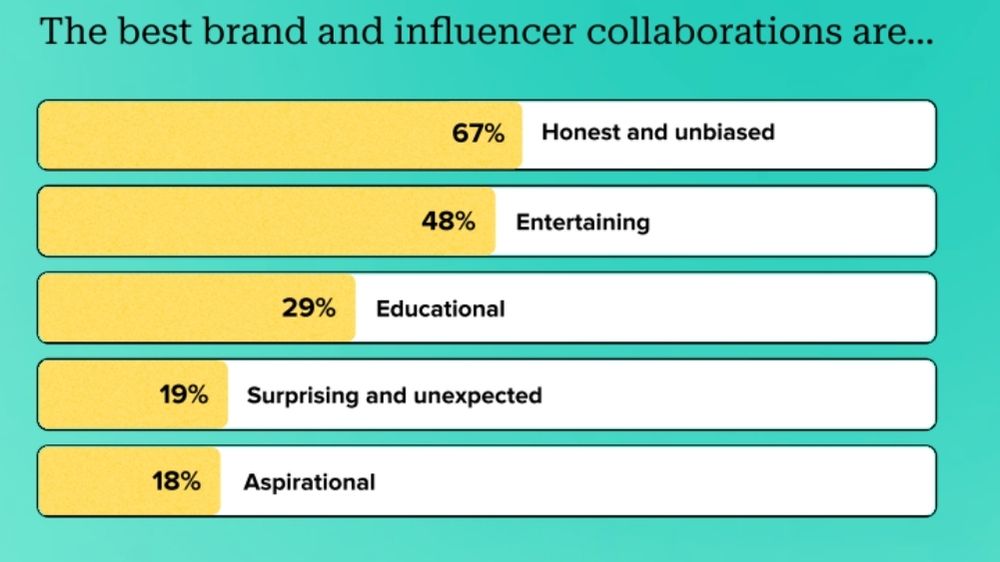
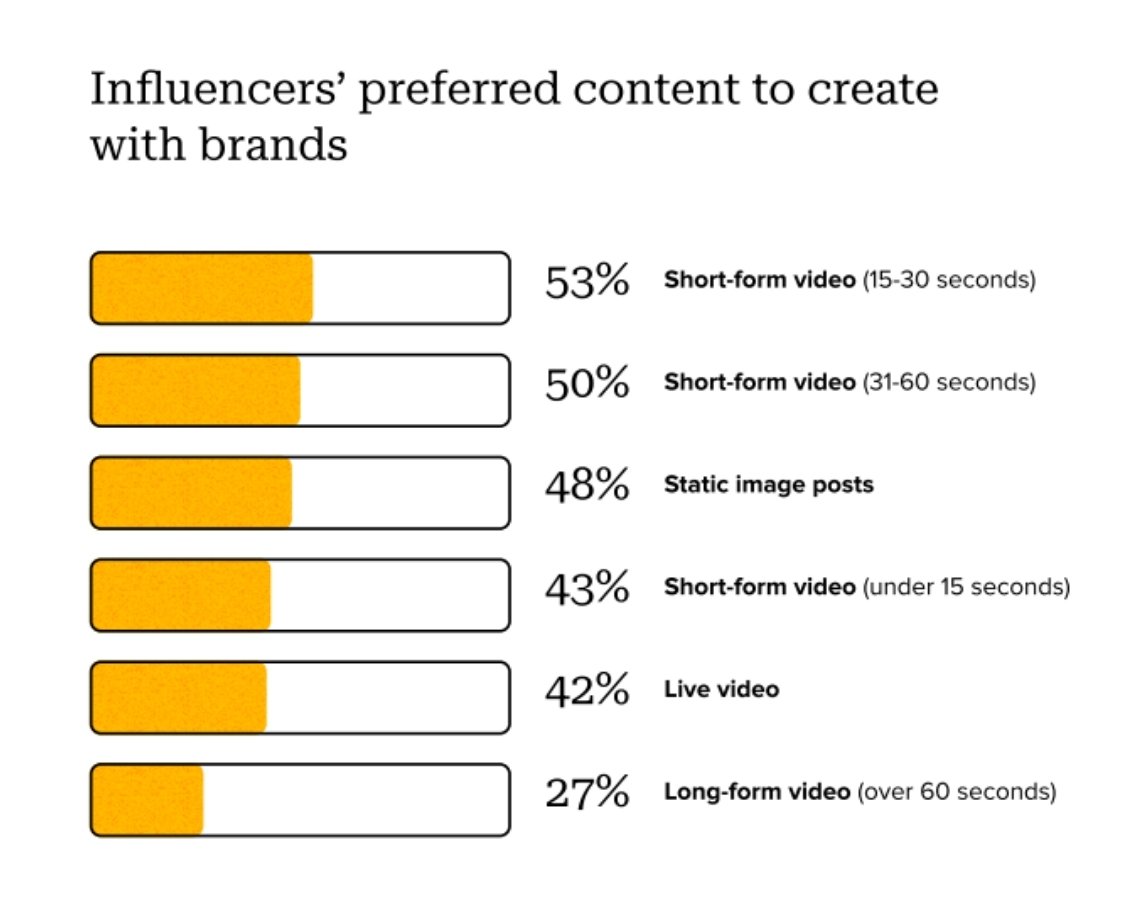
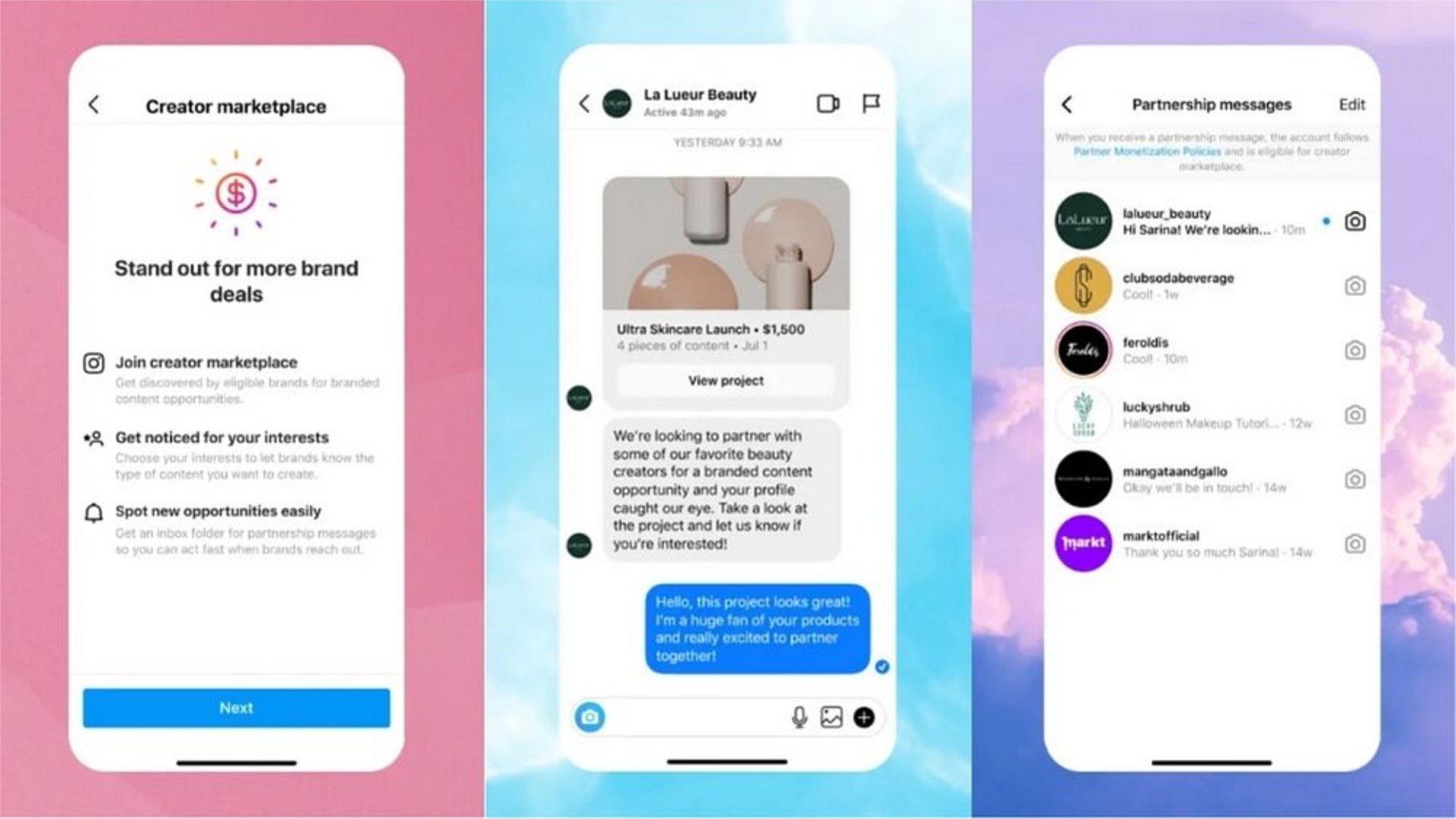
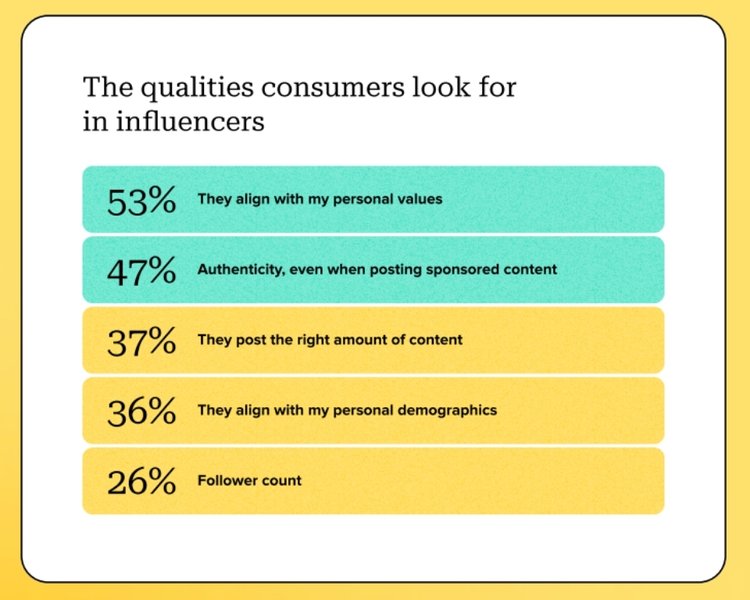
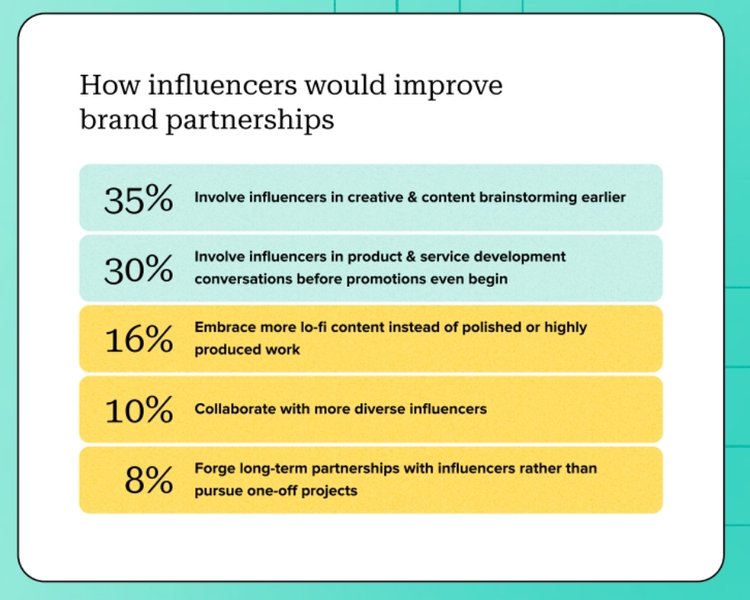

Share